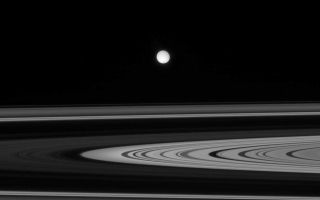
PIA09786: Enceladus Afar
|
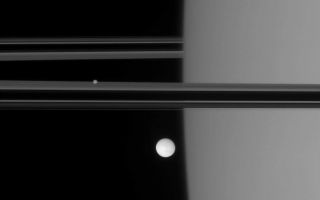
PIA09791: Off Saturn's Shoulder
|
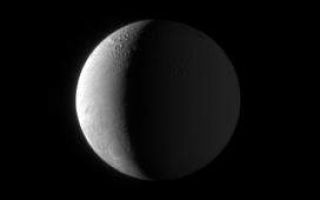
PIA09882: On Approach to Enceladus
|
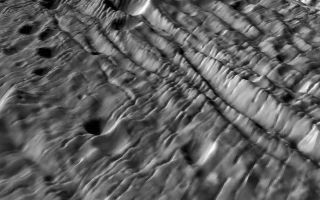
PIA10351: Ancient Cratered Terrains on Enceladus—A Complex Deformation History
|
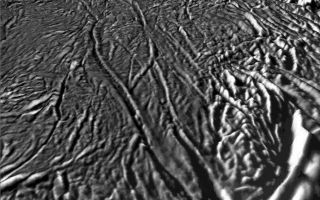
PIA10352: Tiger Stripes on Enceladus—Fracture Zones and Plumes Sources
|
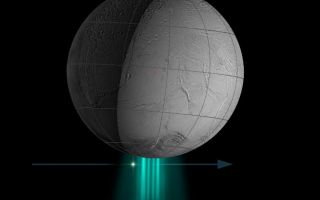
PIA10354: Stellar Data on Plume
|
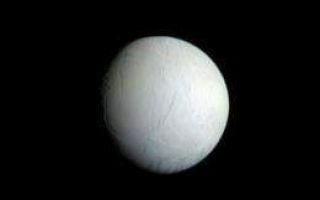
PIA10403: Icy Oasis
|
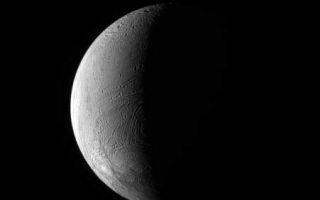
PIA10422: Crescent Enceladus
|
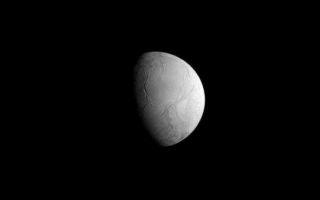
PIA10436: Distant Details on Enceladus
|
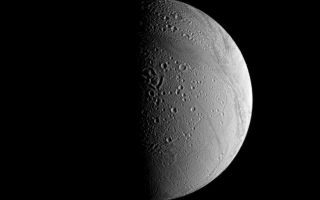
PIA10445: Reshaping the Craters
|
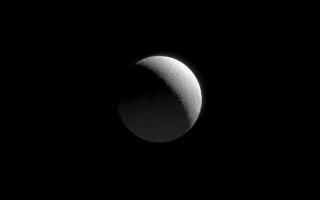
PIA10471: Approaching Enceladus
|
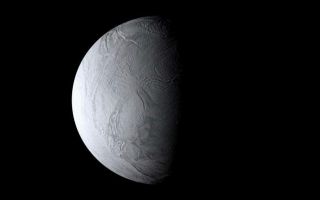
PIA10473: White Moon
|
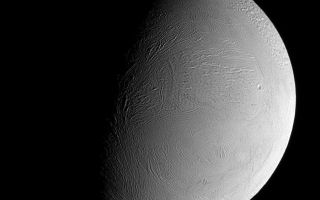
PIA10483: Youthful Wrinkles
|
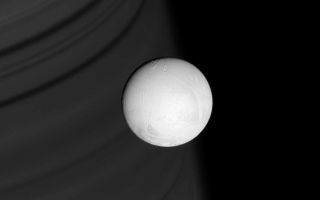
PIA10485: Focus on Enceladus
|
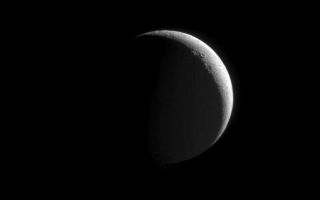
PIA10498: Just a Phase
|
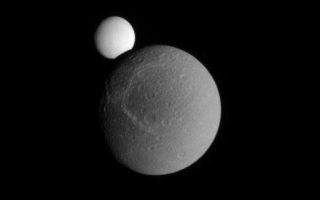
PIA10500: Occulting Enceladus
|
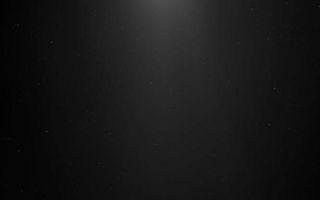
PIA10502: Plumewatch
|
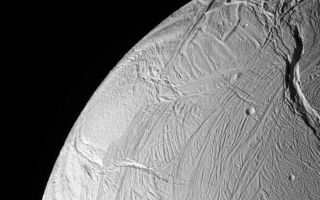
PIA10515: Over the Limb
|
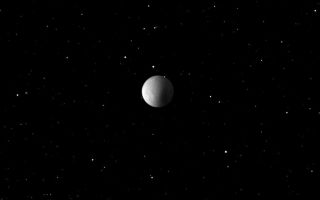
PIA10526: Starry Night
|
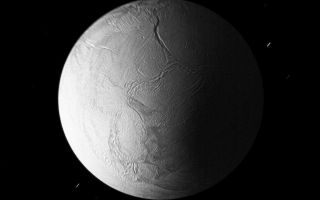
PIA10551: Enceladus in Eclipse
|
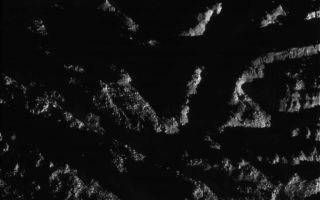
PIA11105: Enceladus Rev 80 Flyby Skeet Shoot #1
|
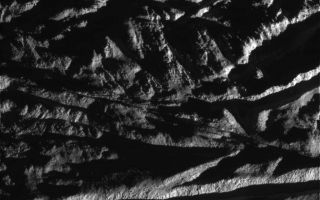
PIA11106: Enceladus Rev 80 Flyby Skeet Shoot #3
|
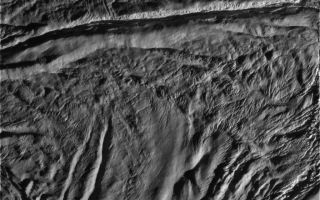
PIA11107: Enceladus Rev 80 Flyby Skeet Shoot #7
|
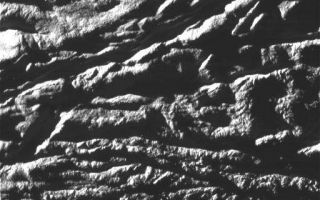
PIA11108: Enceladus Rev 91 Flyby - Skeet Shoot #4
|
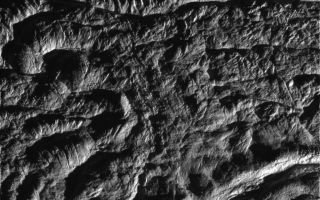
PIA11109: Enceladus Rev 80 Flyby Skeet Shoot #4
|
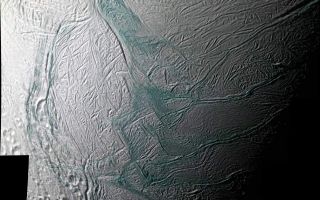
PIA11112: Great Southern Land
|
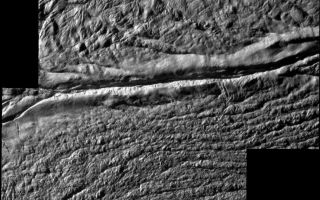
PIA11113: Damascus Sulcus on Enceladus
|
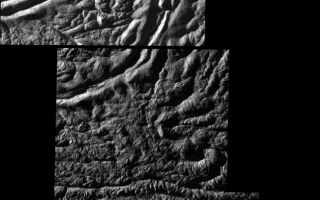
PIA11114: Baghdad and Cairo Sulci on Enceladus
|
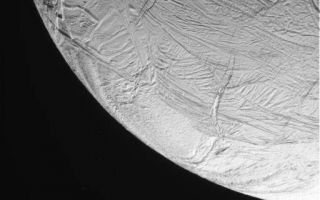
PIA11119: Enceladus Oct. 9, 2008 Flyby - Posted Image #1
|

PIA11120: Enceladus Oct. 9, 2008 Flyby - Posted Image #2
|